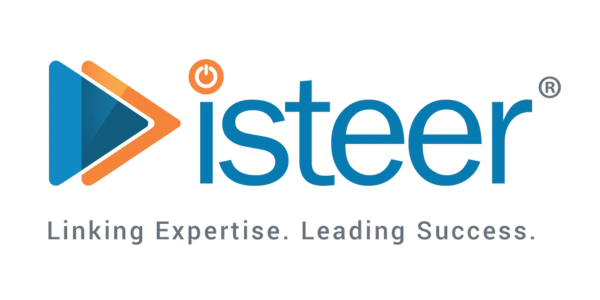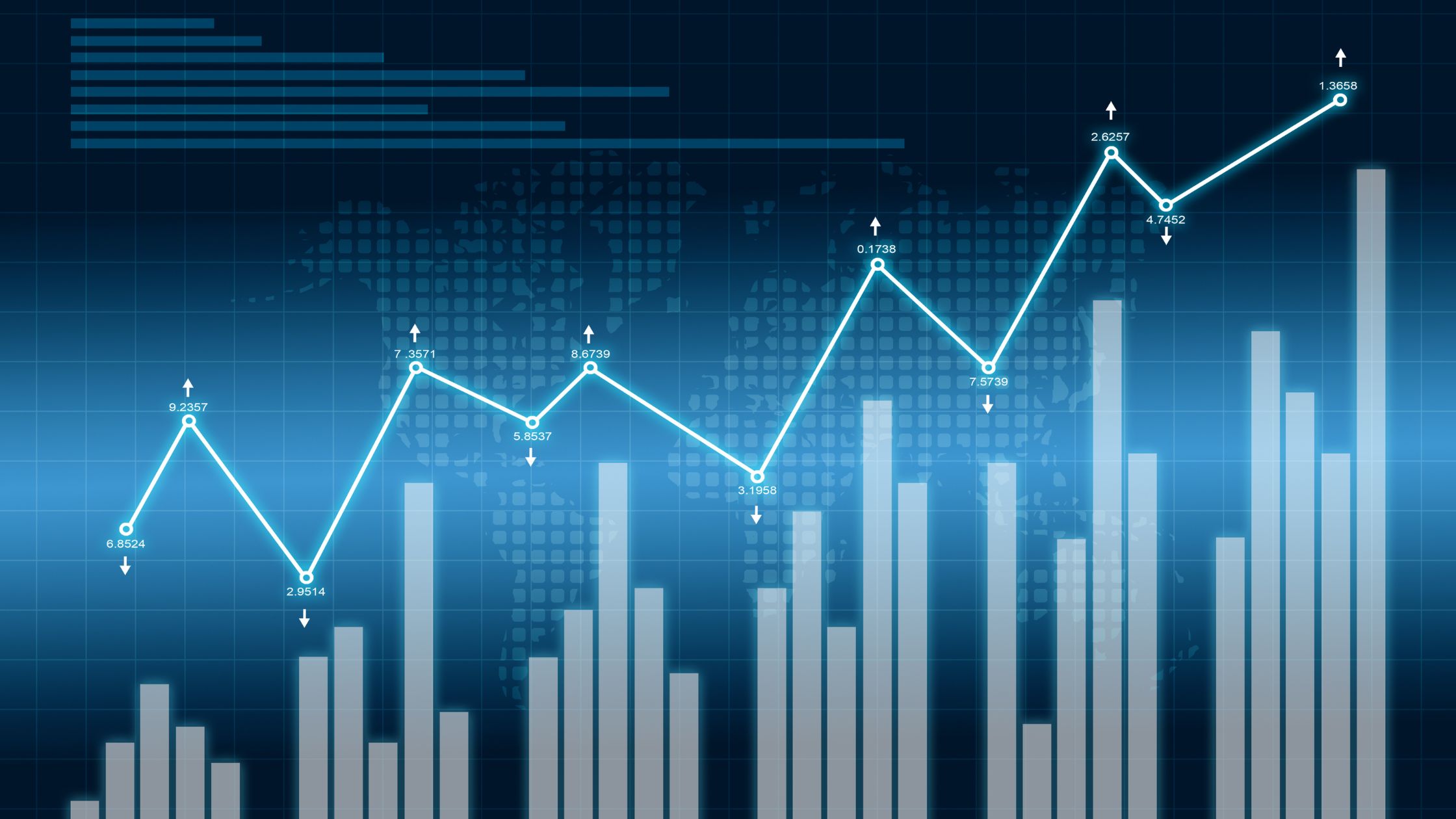Business analytics involves analyzing data to extract actionable insights for improving business decision-making. It combines statistical analysis, data mining, and predictive modelling to identify patterns, trends, and correlations. The goal is to enhance operational efficiency, optimize strategies, and drive business growth.
How Business Analytics Has Evolved Over the Years?
The late 1800s marked the beginning of what is now the basis and fundamental principles of business management, with the introduction of Frederick Taylor’s scientific management, for analyzing production techniques and studying the labourers for improving their efficiency.
Taking inspiration from Taylor, Henry Ford then designed his assembly line of work, which had a domino effect in transforming the manufacturing industry and production lines all over the world.
1900s – The Emergence of Business Intelligence
Now that data was being available slowly, there was a basic problem of storage! Where do you centrally store data that can be easily accessed? During the 1970s, Bill Inmon came up with the idea of the data warehouse to store vast amounts of data for business intelligence.
The idea of Bill Inmon was further developed by IBM researchers Barry Delvin and Paul Murphy who created the first data warehouse.
The 1900s and early 2000s were the mark of a new age, where data was now being used and programmed to create various solutions and software, such as business intelligence tools by companies like SAP, Microsoft and IBM along with relational databases.
Business Analytics in the New Millennium: Data for Non-business user
In the new millennium, companies such as IBM, Microsoft, SAP and Oracle were already working towards creating solutions to change business functions.
After the early 2000s, common people were able to use data for their personal uses. This led to organizations using corporate data, which led to an increase in the tools being available.
As data usage grew, companies focused on speeding up information access in minimum time. New business analytics tools were developed to help both technical and non-technical users extract insights from data. With the business world becoming more interconnected, real-time information became crucial.
As the internet expanded and data became widely available, companies needed better ways to store and analyze it. Building faster computers with more storage wasn’t feasible, so they began using multiple machines together, marking the start of cloud computing.
After 2010, business intelligence and analytics became widely adopted, pushing us into an era of cloud computing and extensive use of AI. Over the last decade, big data, cloud computing, and business analytics have become essential for most companies, with advancements making data analytics and science the future. These concepts are now used in advertising, marketing, recruiting, and planning across various fields.
Business Analytics in the Digital Era – The New Emerging New Technologies
In the past 5 years, there was a significant shift in the field of business analytics driven by increasing data volumes and the demand for data-driven decision-making. Companies adopted new technologies to gain deeper insights, marking a move towards a more targeted and collaborative approach, enabling businesses to fully leverage the potential of data.
Current Trends in Business Analytics
Business analytics is rapidly evolving due to technological advancements and an increasing focus on data-driven decision-making. Following are the current trends that are shaping the landscape of business analytics:
- Artificial Intelligence (AI) and Machine Learning (ML) Integration: Businesses are increasingly leveraging AI and ML algorithms to automate processes, gain predictive insights, and improve decision-making accuracy.
- Big Data Analytics: As the data is growing exponentially, companies are adopting big data analytics tools to extract valuable insights and identify trends.
- Cloud-Based Analytics: Cloud computing has become integral to business analytics, offering scalability, accessibility, and cost-effectiveness for data storage and analysis.
- Predictive Analytics: Organizations are using predictive analytics models to forecast future trends, customer behaviour, and market dynamics, enabling proactive decision-making and risk management.
- Prescriptive Analytics: Beyond making predictions, prescriptive analytics is gaining momentum by providing practical recommendations to enhance business processes and results.
Future Outlook of Business Analytics
The future of business analytics holds several exciting prospects and developments.
In the coming future, the following trends are worth looking forward to:
- Real-Time Analytics: The focus will shift to real-time analytics, allowing businesses to make real-time decisions based on live data streams, enhancing agility and competitiveness. For example, an e-commerce store owner could see a sale occurring on their website in real time.
- Explainable AI: There will be a stronger emphasis on explainable AI to ensure transparency, and interpretability in AI-driven decision-making, to build trust and credibility.
- Ethical Data Governance: With the increasing concerns about data privacy, ethical data governance frameworks will be crucial in ensuring responsible data usage and compliance with regulations.
- Augmented Analytics: Augmented analytics tools with natural language processing (NLP) and augmented data discovery capabilities will help non-technical users to derive insights effortlessly.
- Blockchain Integration: Blockchain integration involves incorporating blockchain technology into systems to enhance security, transparency, and traceability.
Big data: Big data is groundbreaking due to its ability to leverage historical data and real-time cloud data from a vast user base, propelling the evolution of business analytics.







